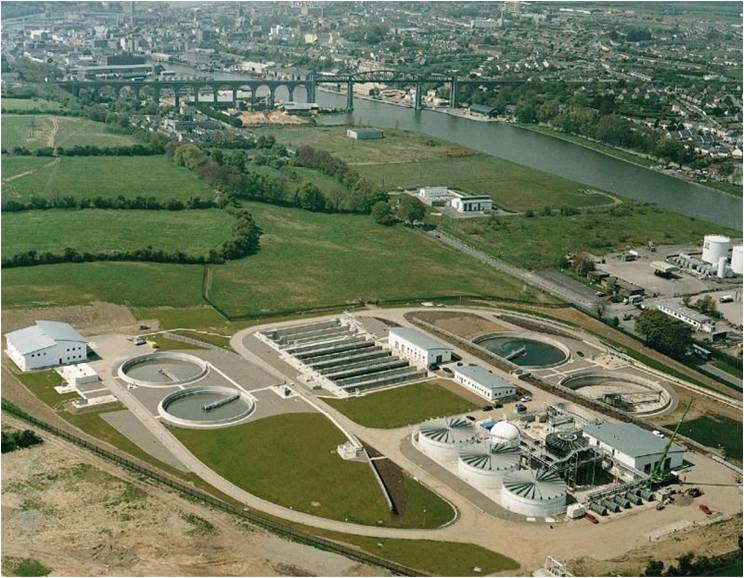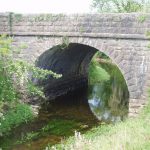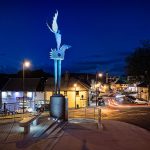
In Drogheda, 30 minutes north of Dublin, TOBIN have been successful in shaping the entire evolution of the region’s main drainage and waste water treatment networks. Working closely with Louth County Council for over three decades, we have transformed the drainage and water water infrastructure systems from medieval to modern functionality levels.
We began in 1979, with extensive surveying of brick arched sewers, culverts, and modern piped sewers across the region. At that time, twenty three separate sub-catchments discharged untreated wastewater and combined storm water to the tidal waters of the Boyne Estuary, on one of Irelands premier salmon rivers. The landscape along the river was dominated by old industrial sites, the river environment was degraded, and its potential as the focal point for redevelopment was unrealized.
In the next two decades, large diameter Interceptor sewers, routed north and south of the River Boyne, achieved effective collection of the wastewater, and brought it to a focal point at the main pumping Station at Newtown on the southern side. The Treatment Plant was initially built in 1999 for a 67,000 population equivalent, but all of the pipework, and buildings, and key sections of the process were designed to ensure that, when rising load required it, a third stream could be added, without disrupting the process, to bring its capacity to a 101,000 population equivalent. This upgrade was completed in 2007, and we have value engineered a proposal to achieve treatment of 20% over this limit, within the same footprint.
We’re proud of our sustainable design whereby almost 70% of the power required to operate the treatment process, and all of the heat for buildings on the site, is generated by converting sludge biogas energy into heat and power. The sludges are digested to provide this biogas, and are then re-used in agriculture, following dewatering and alkaline stabilisation. Nitrogen reduction at the site is achieved biologically, without the use of chemicals.
The River Boyne has been returned to the people of Drogheda, with improved ecology, riverbank walkways, rejuvenated waterfront properties, and civic and commercial development, which now face towards and feature the river once more.


